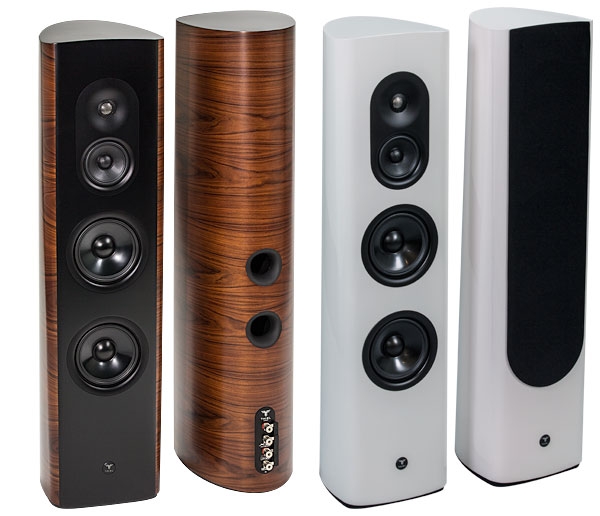| Columns Retired Columns & Blogs |
hmmm, it sure seems to me that Thiel is banking on its high end reputation to charge a premium for speakers that look like PSBs with fancy wood veneers. Jim Thiel's designs may have been "idiosyncratic", but they sure sounded good to me. Besides, I just couldn't bring myself to spend seven grand on a small floorstander that seems to need a good sub or two to be gratifyingly full range.










































